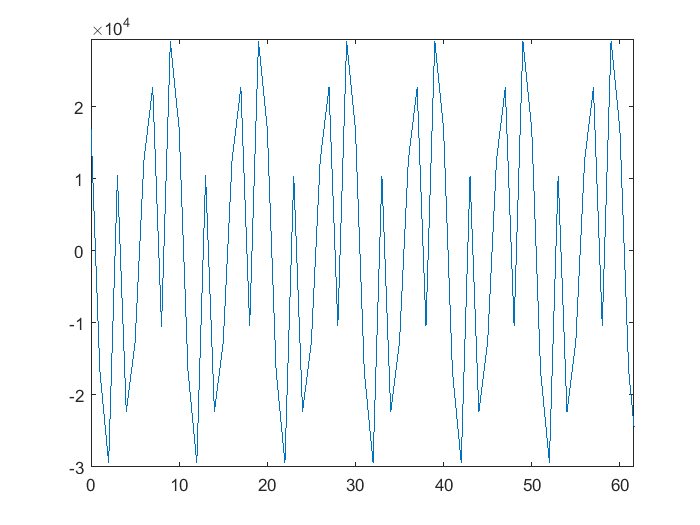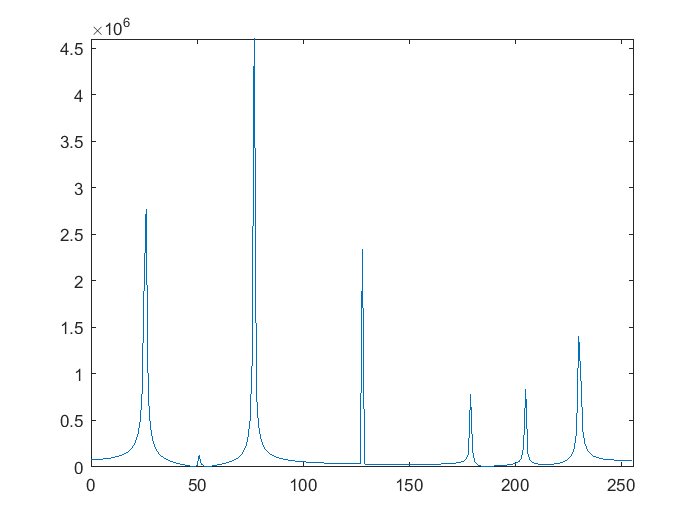Hi Community,
Currently I am streaming raw ADC data over two LVDS lanes.
There is some confusion on my side concerning the data format in non-interleaved mode.
Referring to the Data Path User Guide there are two modes for the LVDS lane format mapping (Figure21)
http://www.ti.com/lit/an/swra555/swra555.pdf
Searching in the Radar Interface Control Document all I could find was 5.16.6 Sub block 0x4045 – AWR_DEV_LVDS_CFG_SET_SB
Here the format map does only seem to switch lanes but not I/Q as in SWRA555.
Any ideas how to identify the data format?




